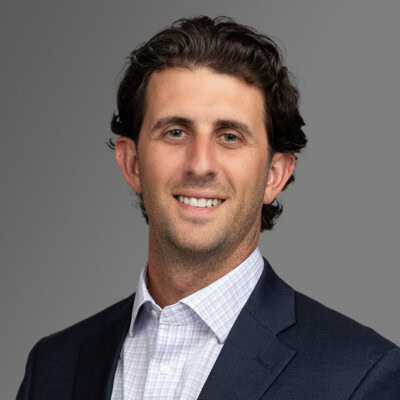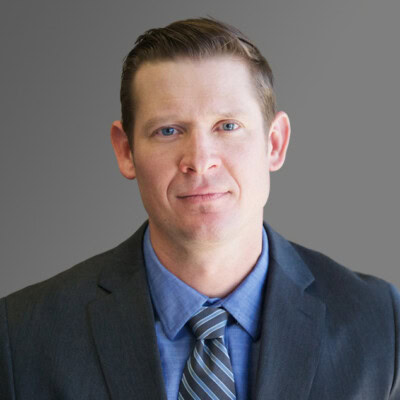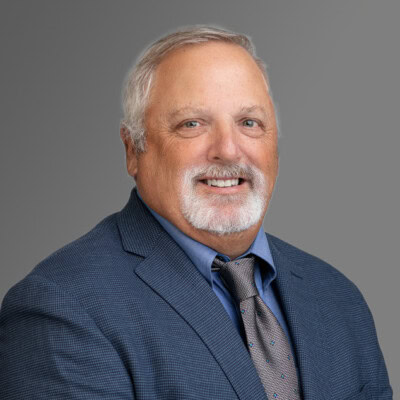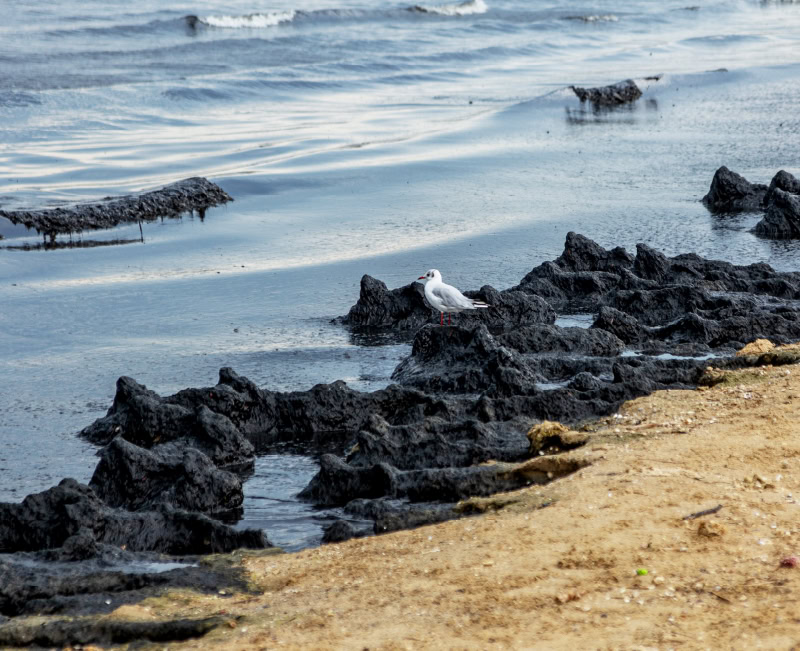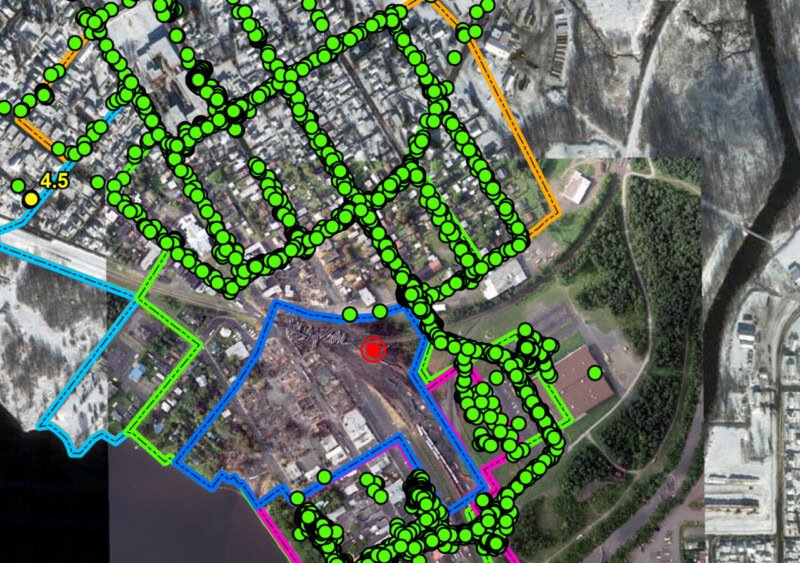Response
Ready, right now, for whatever comes next.
Responding to complex disasters is the foundation of our firm. We have the experience and expertise to help support the health and safety of workers, the public, and the environment during control, containment, and mitigation.
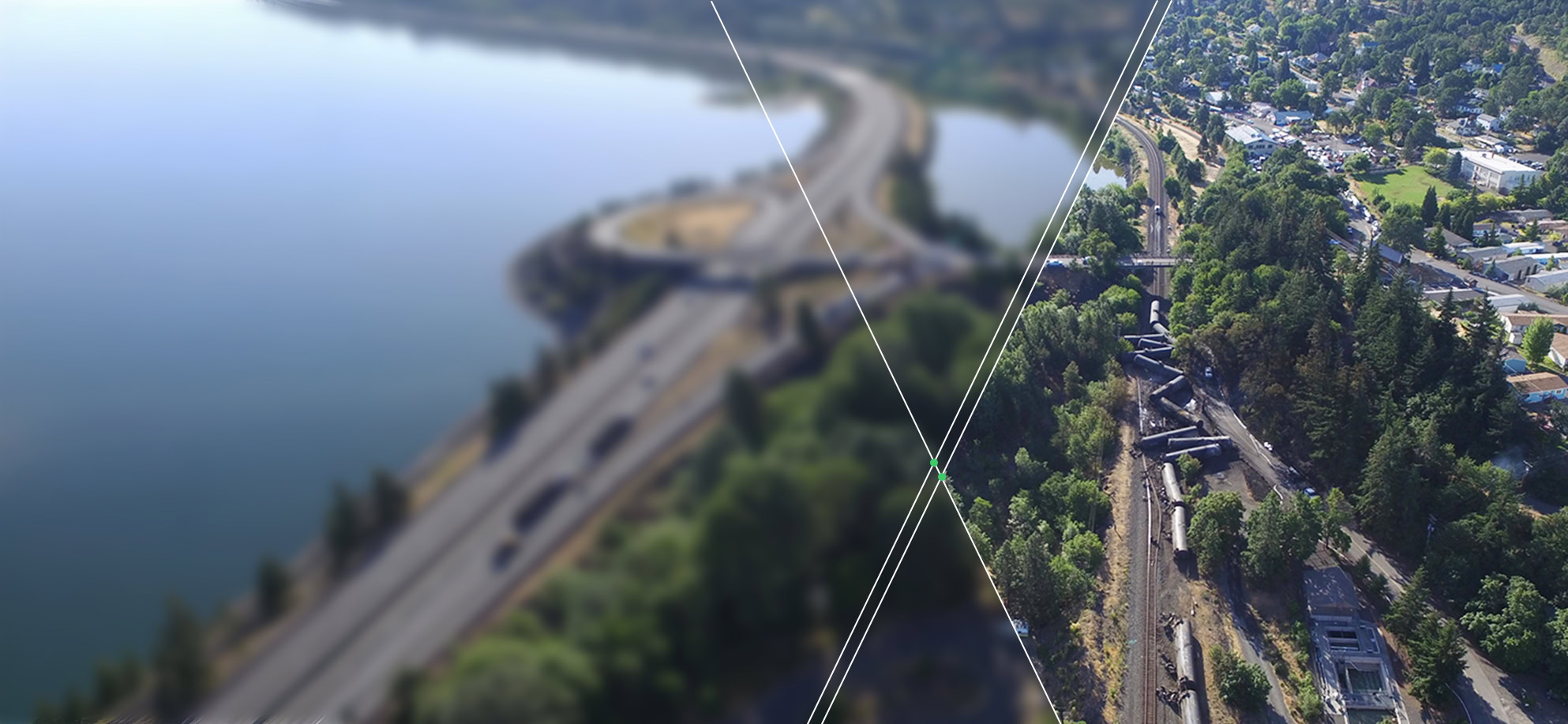
Put the Right Team in Place
For decades, crisis-tested CTEH experts have responded wherever disasters occur. Whether it is onshore, over water, and offshore. On railroads, vessels, refineries, and pipelines. On the scenes of floods, hurricanes, and earthquakes. We’ll be there.
Our clients know that when and if the time comes, we will always be ready to right-size our response to a project and rapidly deploy fully trained and equipped teams for challenges large and small, from multiple locations throughout the world. When every second counts, we’re the team you can count on.
-
Ph.D. Exposure Experts
CTEH has an experienced team of Ph.D. toxicologists with the knowledge, authority, and first-hand emergency response field experience to deliver effective solutions for virtually any toxicology and exposure need, from regulatory consulting to human exposure assessment.
-
Scientific Concept Communication
The issues you face are not just challenging to solve—they can also be difficult to communicate. CTEH experts know how to make sense of complex scientific concepts in ways that are understandable. We will help you connect the science to your employees, leadership, regulators, and communities.
We are ready to provide communication support and consulting services to help you convey scientific facts and share data in ways that clearly visualize and present the truth of the matter.

Measure and Monitor Impact
When a chemical exposure incident occurs, it is critical to quickly and accurately assess the extent of exposure and risk associated with contamination. Rely on CTEH risk assessors to evaluate the multiple exposure pathways and complex parameters that can determine the risk from ingestion of contaminated soil, water, or food, inhalation of vapor and particulates, and consideration of absorption of chemicals through skin contact.
Our team conducts risk assessments in accordance with the full range of state, federal, and international risk assessment guidelines. What sets us apart is the ability to incorporate unique and innovative strategies that build on existing risk assessment frameworks to address your specific situation.
-
Human Health
Community monitoring can be critical in the aftermath of a spill or release to help ensure that local residents are not being exposed to potentially harmful levels of chemicals. CTEH monitoring services include mobile teams who scour the area surrounding the incident, equipped with specialized instruments to evaluate air quality in the context of health-protective community exposure guidelines.
We also provide assessments that go above and beyond regulatory guidelines, including:
• Site-specific exposure assessments
• Chemical-specific exposure assessments
• Receptor-specific exposure assessments
• Job-task-specific exposure assessments
• Incorporation of bioaccessibility factors into exposure assessments
• Evaluation of multiple chemicals and biological interactions at target organs
• Toxicological assessments of chemicals without existing USEPA-derived toxicity factors
• Derivation of risk-based screening levels for chemicals with no existing standards
-
Environmental Health
CTEH has advised our clients on over 100 Natural Resource Damage Assessments (NRDAs), covering 35 states and 18 countries. With over 150 years of combined experience, we’ve been the go-to experts for incidents affecting coastal marine, freshwater river and stream, and terrestrial habitats, from the Exxon Valdez to Deepwater Horizon. Our teams are always prepared for a variety of soil and water quality sampling – from fingerprinting analysis to volatiles and metals, our environmental scientists follow best practices to help protect the integrity of our sampling efforts and safely deliver to our network of trusted laboratory partners for analysis under exceptional turnaround times.
Following an oil spill, for example, a trained team of CTEH scientists and data managers can implement a systematic approach for rapid survey and assessment of affected shorelines, taking advantage of mobile-friendly applications developed by our in-house data management team.
We also have extensive experience with the hardware and software necessary to make the most of aerial imagery— including unmanned aerial vehicle (UAV) surveillance and impact delineation—as well as certified pilots with experience flying in a variety of operational conditions who can deploy during emergency or scheduled conditions.

Supplement Your Incident Command
Having a seasoned, steady professional as part of your team can go a long way toward ensuring that everyone responds effectively and maintains focus on the most important goals.
CTEH experts, with years of experience in response operations, can support your response in a variety of roles within Incident Command and better help your team understand everyone’s roles and responsibilities. We also have experienced Technical Specialists who can help ensure high quality data, documentation, and recommendations within an Incident Command setting.
-
Deep Bench of Experts
Incident response calls for a range of very specific skill sets. Key functions should not be left to chance in the hands of untrained internal employees, or filled by inexperienced contractors just trying to help. In addition to our in-house team, CTEH has a readily accessible network of qualified subject matter experts (SMEs) ready to quickly step in and keep response operations running efficiently and effectively, so you know you have the best people in every position. We will help you identify the right expert to lead or assist across any incident management Section or Unit (Incident Commander, Planning, Operations, Documentation, etc.).
-
Environmental Unit Lead
During an incident, the Environmental Unit Leader (EUL) is responsible for addressing key environmental matters. The professionals at CTEH bring years of experience in response operations and can support your response in the EUL role as well as help you and your team better understand the roles and responsibilities of the EUL. We utilize drills and tabletop exercises to provide a realistic, hands-on approach to mastering the skills required of any ICS member. We also specialize in developing training and scenarios that are industry-specific to help guide teams to be better prepared when faced with a real emergency.
In addition to our EULs, we provide experienced Technical Specialists to help ensure high quality data, documentation, and recommendations within the Environmental Unit. We are trusted for our ability to develop plans and processes that identify, assess, and mitigate environmental impacts.
-
Regulatory Liaison
Just as important as internal communication and coordination – maintaining an open channel with local, state, and federal environmental regulators greatly impacts the complexity of a response. CTEH experts have extensive experience working with the USEPA and other regulators at both the state and federal level, and bring a clear understanding of their expectations to every incident scene. They can serve as your point of contact and advisor throughout the response and remediation processes.

Make Informed Decisions
When you respond to an incident, time is of the essence. Real-time decisions require rapid access to accurate data. CTEH excels at both collecting information from multiple sources—monitoring instruments, samples, field observations, and geospatial data—and making it easily accessible to stakeholders and decision makers.
This is made possible by our extensive investment in information technology, software development, and data management—as well as innovative hardware, from drones to advanced robotics. That includes unmanned ground vehicles (UGVs) like Boston Dynamics’ Spot, an industrial robot “dog” that can go places people can’t get to, record its complete surroundings, and adapt to the specific needs of whatever site we take it to.
-
Data Management
Nearly all questions can be answered using data, which is why our ability to serve you at the highest level relies on innovative technology, software development, and data management. Our technology group combines a wide range of project and rapid response experience to deliver value that goes beyond standard, off-the-shelf tools. This includes:
• Automated Personnel Monitoring Data Capture
• Biological Sample Collection Workflow
• Contaminated Document Recovery
• Medical Questionnaire Content Management Systems
• Paper to Electronic Form Conversion for Mobile Data Collection
• Planning Tracking
• Remote Monitoring Data Capture and Analysis
• 3D Surface Modeling
-
Visualization and Communication
CTEH methodologies, processes, architectures, and technologies can transform data into meaningful information and provide you with more useful operational insights.
We work to deliver data that is clearly communicated, actionable, and accurate. From our experience designing data collection systems to our certified visualization specialists, our turn-key data solutions provide everything you need for project success.
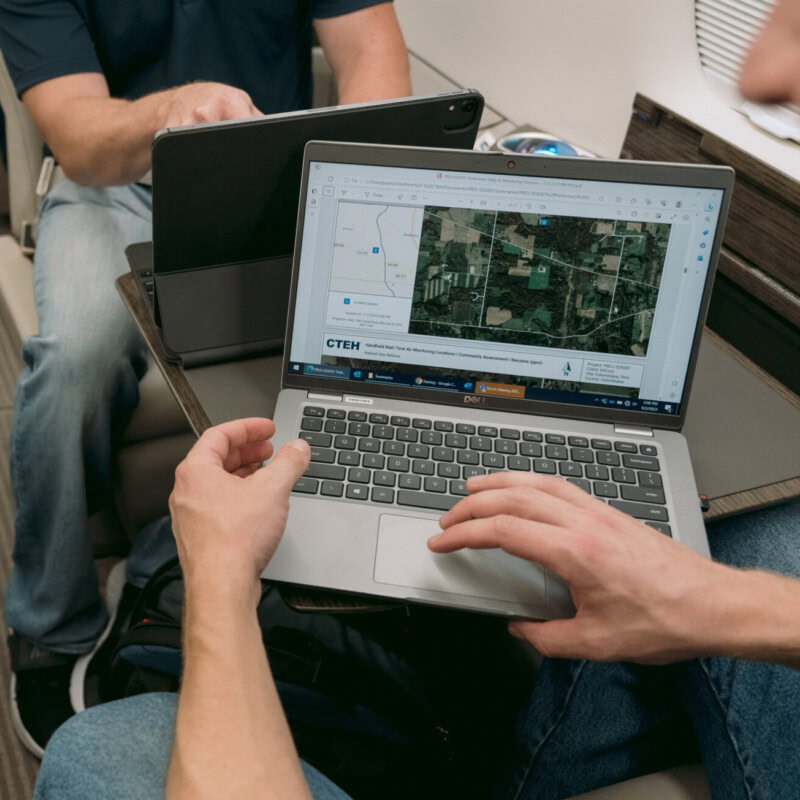
Help Protect Workers’ Safety
Expert safety practices, procedures, and reporting during and after an incident are designed to help protect everyone’s welfare, especially your people on site.
CTEH’s rapidly deployed safety staff can evaluate conditions as soon as they hit the ground—and continue to do so throughout the response period—to support the ongoing safety of workers, as well as responders, recovery crews, and the affected community. We also perform perimeter monitoring to categorize chemicals of concern, monitor HAZMAT teams in the hot zone, and profile the release and emissions movement from the site into surrounding communities.
-
On-Site Medical
CTEH’s emergency response medical consulting, testing, and training can be key to operational success. From worker biological sample collection for analysis to questionnaire surveys, respirator fit testing to heat-stress evaluation, we can step in seamlessly to help support on-site medical needs efficiently and effectively. On-site medical support can be a critical asset in monitoring response worker health before emergent issues become serious problems.
-
Site Safety and Exposure Assessment
Environmental contamination can present a risk to the health of workers and the environment. CTEH experts have a thorough understanding of regulatory compliance and the risk assessment process, which is crucial to providing you with strategies and cost-effective remedial solutions.
Our toxicologists and health scientists understand both the fundamentals of toxicology and the specifics of human health risk assessment, enabling us to conduct thorough qualitative and quantitative site-specific risk evaluations.



